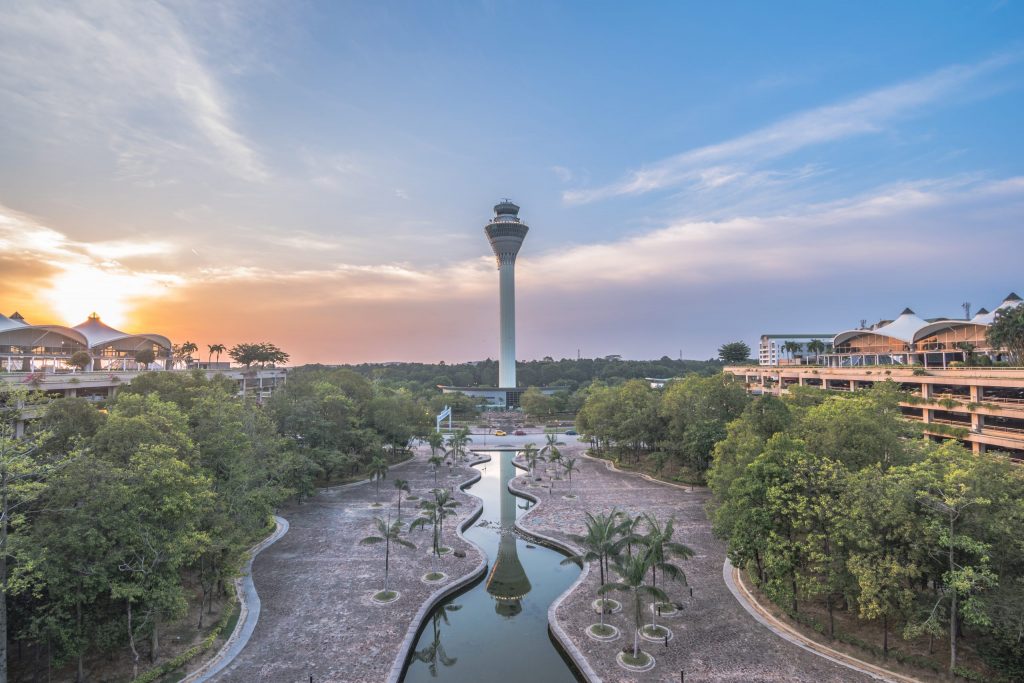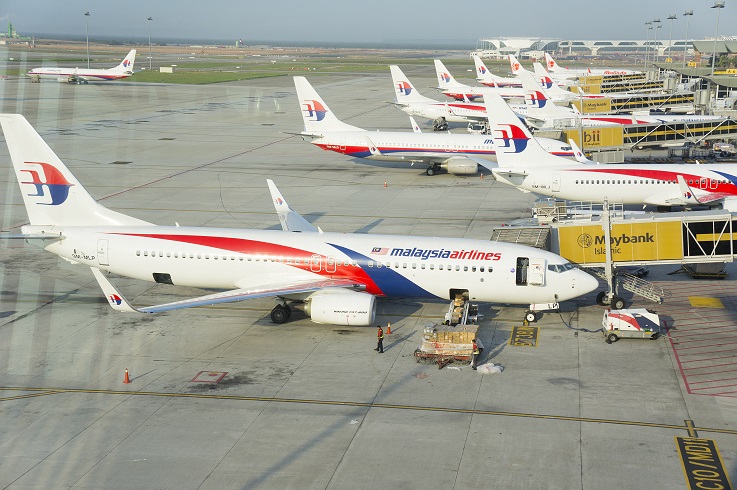
On December 1, 2020, Business France Malaysia organized an e-business seminar with Malaysia Airport Holding Berhad (MAHB) with key business associates to discuss what the post-pandemic future will look like for Malaysia’s airports. In attendance were Xavier Fraval de Coatparquet, Trade Commissioner to Malaysia, His Excellency Mr. Roland Galharague, Ambassador of France to Malaysia, and Dato’ Mohd Shukrie Mohd Salleh, Group Chief Executive Officer, MAHB.

MAHB is one of the world’s largest airport groups, operating 39 airports across Malaysia as well as overseas in Istanbul (Turkey), Doha (Qatar) and Hyderabad (India), serving 120 carriers, serving over 141 million passengers and handling over 1 million tonnes of cargo in 2019. MAHB is also the first airport group to be listed on the FTSE4Good Index. Its flagship airport, the Kuala Lumpur International Airport (KUL) is the world’s 12th busiest airport for international passengers.
In this blog post, we examine the key trends that are re-shaping Malaysia’s airport sector for its post-pandemic future.
Silver linings amid continued uncertainty

Despite continued uncertainty of the pandemic situation, there are silver linings for Malaysia’s airport sector. The Malaysia government has greenlighted a domestic travel bubble programme involving green zones, which resulted in an upsurge in domestic tourism during the holidays. New travel routes, notably Cathay Pacific’s weekly flights to Hong Kong from Kuala Lumpur, and the start of the Taipei-Penang route, are paving the way for gradual resumption of airline operations.
The new e-fulfilment hub, Cainiao Aeropolis eWTP hub, a joint venture between Malaysia Airports and Alibaba group’s logistic unit, Cainiao, commenced operations in November 2020 at the KUL just in time for the year-end festive season. With 1 million sq ft of warehouse space, the new facility is projected to increase cargo volume by 700,000 metric tonnes, doubling KUL’s current volume to 1.4 million per year by 2029.
In addition, overall cargo operations in Malaysia’s airports continue to show resilience by recording an average of 65,000 metric tonnes a month from January to November in 2020, compared to 78,000 metric tonnes a month in 2019.
Digital solutions for the post-pandemic future

The world will look very different in the post-pandemic future. MAHB needs to rethink the business processes of their airports in order to continue building public confidence in their operations and capitalize on opportunities for growth.
One of the key lessons learned from the pandemic is the importance of business continuity planning and crisis management. New airport capital improvement projects should focus on digital transformation solutions that can build a command and control centre for emergency response.
An integrated command and control centre with a unified view of airport operations software will empower airport operators with comprehensive situational awareness of any potential crisis situation. For example, if incoming cargo or passenger flights have suspected COVID-19 cases on board, they can pivot airport operations quickly to facilitate testing and quarantine.
The timeliness and accuracy of such data during a crisis cannot be under-estimated. There is an urgent need for airports have access to real-time data quickly and accurately from multiple sources of information, such as temperature screening stations, contact tracing devices and thermal cameras, for immediate ground facilitation of crisis situations.
Furthermore, social distancing has necessitate virtual collaboration in the airport work environment. Therefore, an airport command and control centre should be a cloud-enabled virtual platform that can seamlessly connect multiple operators across the airport enterprise.
Virtual Experience Twin of the Airport

Isaac Benzaquen, Airport Industry Solutions Director, Dassault Systèmes, introduced the Virtual Twin Experience of the airport.
The Virtual Twin Experience of the Airport is a data-driven digital replica of an existing airport and all its assets and processes. It collates timely and accurate information from multiple data feeds from every part of the airport into one single source of truth.
Real-time data is aggregated into a scientifically accurate 3D model, which can simulate passenger and cargo flow throughout the airport. This empowers airport planners with much stronger situational awareness of both airside and the terminal operations.
In addition, the Virtual Twin Experience of the Airport can simulate the potential propagation and exposure of the coronavirus to highlight potential cross-infection areas in the airport. Through 3D simulation, airport planners can make quicker, better decisions on areas to intensify cleaning and sanitation, redirect passenger traffic towards safer zones and communicate timely information to airport tenants.
It is critical not just to react, but to take a proactive, strategic position towards airport capital improvement projects to future-proof airport operations. By harnessing the power of the Virtual Twin Experience of the Airport in airport management, MAHB will be in a stronger position to gear up for the rebound in the post-pandemic future
For further details on the Virtual Twin Experience of the Airport, you can read Isaac’s blog on “Innovating through Crisis: Airport Resiliency with the Virtual Twin”.
Webinar Presentation: Adopting Virtual Technology to Optimize Airport Operations
View the full webinar presentation for in-depth insights into the virtual twin technology which enable airports to optimize their daily operations, visualize future scenarios and achieve their innovation goals.

